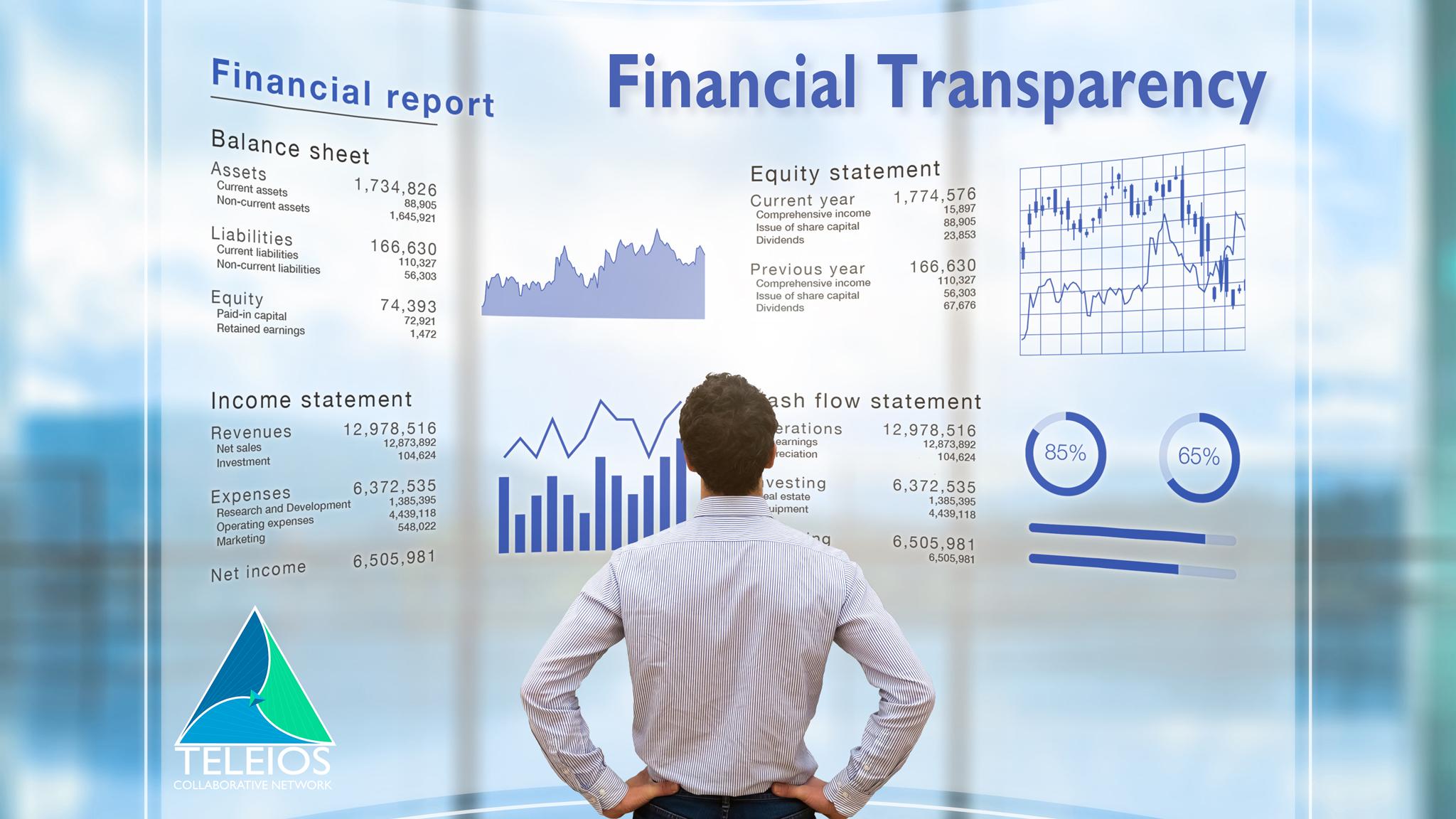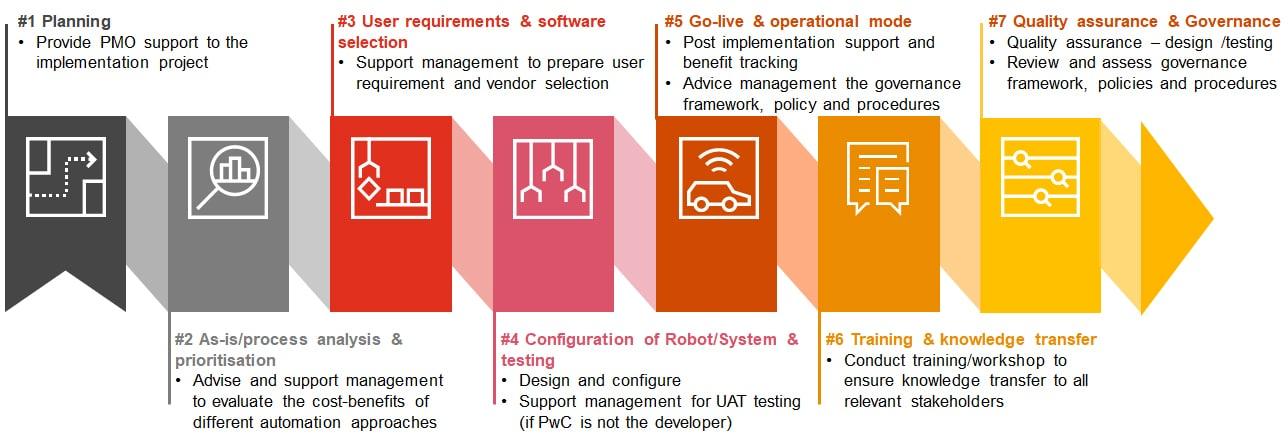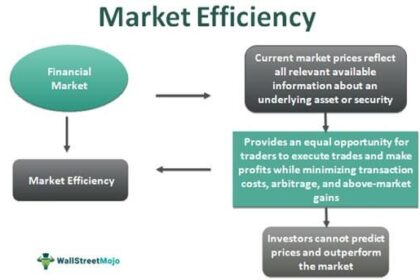In an era where speed and accuracy are paramount, the world of finance finds itself at a pivotal crossroads. As organizations grapple with the complexities of data management, the demand for transparency has never been higher. Enter automated financial reporting—a technological evolution that promises to transform the way businesses convey their financial health. This article delves into the rise of automation in financial reporting, exploring how it streamlines processes, enhances clarity, and fosters trust among stakeholders. As we navigate this changing landscape, we will uncover the benefits and challenges of adopting automated solutions, highlighting their impact on the future of financial transparency. Join us on this journey to understand how innovation is reshaping the financial reporting framework, paving the way for a more accessible and accountable financial ecosystem.
The Evolution of Financial Reporting in a Digital Age
In the landscape of finance, the transition from traditional to automated reporting systems signifies a monumental shift in how organizations document and communicate their financial health. Automation technologies, like cloud computing and artificial intelligence, have drastically improved the speed, accuracy, and accessibility of financial data. This evolution not only streamlines the reporting process but also enhances compliance, enabling organizations to adhere to regulatory requirements with improved efficiency. The integration of these technologies fosters a culture of transparency and trust among stakeholders, making it easier for investors and regulators to access real-time data.
Moreover, the embrace of automated financial reporting systems allows for data visualization tools that can transform complex financial statements into digestible insights. Key performance indicators (KPIs) can be monitored with stunning clarity, enabling quicker decision-making processes. As organizations harness analytics to predict trends, the ability to align financial strategies with operational initiatives is significantly enhanced. The accompanying benefits of this evolution encompass:
- Reduced Manual Effort: Automation minimizes the likelihood of human error.
- Enhanced Accuracy: Real-time data capture leads to more precise reporting.
- Improved Decision-Making: Visualization tools support informed strategic choices.
By integrating these advancements into their financial ecosystems, companies can not only adapt to the demands of the market but also position themselves as leaders in an increasingly data-driven world.

Harnessing Technology for Enhanced Data Clarity
In today’s fast-paced financial landscape, leveraging technology has become essential for achieving clarity in data management. Automated financial reporting tools are revolutionizing how businesses compile and present their financial information. These tools enhance transparency by eliminating human errors and inconsistencies, enabling organizations to produce accurate reports with unmatched efficiency. With the implementation of sophisticated algorithms and real-time data integration, companies can now harness vast amounts of financial data to create clear and actionable insights.
To fully appreciate the advantages of automated financial reporting, consider these key components:
- Real-Time Data Analysis: Access to up-to-the-minute financial metrics enhances decision-making.
- Interactive Reporting: Tools that allow dynamic visuals and custom dashboards for easier interpretation.
- Regulatory Compliance: Automation ensures adherence to financial regulations, reducing risks of penalties.
Moreover, as organizations pivot towards data-driven strategies, the standardization of reporting formats plays a crucial role in enhancing understanding among stakeholders. Below is a simple layout of reporting benefits:
| Benefit | Description |
|---|---|
| Time-Saving | Automated reports are generated in minutes instead of days. |
| Cost-Effective | Reduced labor costs associated with manual reporting. |
| Improved Accuracy | Minimized risks of errors through automation. |

Best Practices for Implementing Automated Reporting Systems
To successfully implement automated reporting systems, organizations should first define clear objectives that align with their overall financial strategy. This involves identifying the specific reporting needs of stakeholders and determining the key performance indicators (KPIs) that must be monitored. Engaging cross-departmental teams will ensure a unified understanding of reporting goals and foster collaboration. Additionally, leveraging the right technology is crucial; selecting software that integrates seamlessly with existing systems can significantly enhance the automation process. Consider these factors:
- Scalability: Ensure the system can grow with your business.
- User-friendly interface: A simple interface encourages adoption across the organization.
- Customizability: The ability to tailor reports to various stakeholders’ needs is essential.
Next, continuous testing and refinement of the automated reporting systems are vital for optimal performance. Regularly reviewing the accuracy and relevance of reports helps to identify any discrepancies early on, thus maintaining the integrity of decision-making processes. Incorporating feedback loops allows users to voice concerns and suggestions, which can lead to improvements in data presentation and functionality. For effective communication of financial data, utilize tables that summarize key metrics succinctly:
| Metric | Target Value | Current Performance |
|---|---|---|
| Revenue Growth | 15% | 12% |
| Net Profit Margin | 20% | 18% |
| Operational Expenses | $100,000 | $95,000 |

Future Trends in Financial Transparency and Accountability
The landscape of financial transparency is evolving rapidly, driven by advancements in technology that enhance both efficiency and accuracy. In the coming years, we can expect increased reliance on automated systems for financial reporting, which will minimize human errors and provide real-time insights into an organization’s financial health. This transformation will not only streamline reporting processes but will also facilitate more rigorous compliance with regulations. By harnessing technologies such as Artificial Intelligence (AI) and Blockchain, businesses will be able to ensure data integrity and offer stakeholders unprecedented access to financial information.
Moreover, the emphasis on transparency will push organizations to adopt advanced analytics and visualization tools that make complex data more digestible. The ability to present financial information in intuitive formats will empower stakeholders to make informed decisions quickly. Key trends to watch include:
- Integration of AI-driven forecasts for proactive financial management
- Enhanced data visualization techniques that highlight key performance indicators
- Increased standardization of financial reporting practices globally
- Real-time auditing with decentralized ledger technologies
Closing Remarks
As we navigate the evolving landscape of financial oversight, the rise of automated financial reporting stands as a beacon of transparency and efficiency. By leveraging technology, organizations are not only enhancing their ability to provide timely and accurate information, but they are also cultivating a culture of trust and accountability. The shift towards automation represents more than just a trend; it signifies a fundamental change in how financial data is created, analyzed, and shared. As businesses and regulators embrace these advancements, we can expect a future where financial reporting is not merely a compliance obligation but a strategic asset. So, whether you’re a financial professional, a business leader, or a curious observer, keep your eyes on this trend — for in the realm of finance, the journey towards greater transparency has only just begun.



